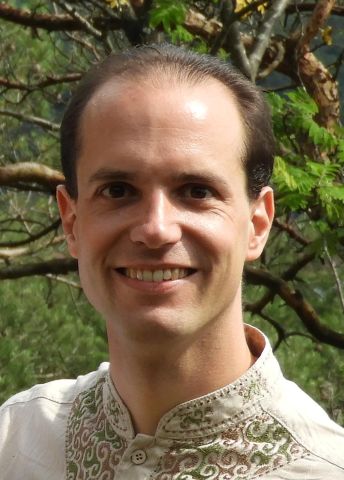
Program for mathematics 2021
Grant to recruit an international researcher
for a postdoctoral position
Associate Professor Martin Raum
Department of Mathematical Sciences
Chalmers University of Technology and University of Gothenburg.
Grant to recruit an international researcher
for a postdoctoral position
Associate Professor Martin Raum
Department of Mathematical Sciences
Chalmers University of Technology and University of Gothenburg.
New theory when physics meets mathematics
Associate Professor Martin Raum will receive funding from Knut and Alice Wallenberg Foundation to recruit an international researcher for a postdoctoral position at the Department of Mathematical Sciences, Chalmers University of Technology, and the University of Gothenburg.
Physics has provided inspiration for development in mathematics ever since the seventeenth-century origins of mathematical analysis. This continues to the present day, with physics theories of everything – for instance string theories – that will describe all known matter and all the forces of nature in one coherent theory. Modular forms play a vital role in the mathematics of string theories, and are also the basis of Martin Raum’s planned project.
Modular forms are mathematical functions that fulfill particular symmetry conditions. Since their discovery, two hundred years ago, they have been vitally important to the development of number theory and other branches of mathematics. There are now many different modular forms and their generalizations. Finding a new class of modular forms is part of the planned project.
Modular forms also aid the understanding of many phenomena that involve geometric objects, including the small strings that are the fundation of string theory. When these strings collide, they can merge and form new strings. The probability of this is described by string amplitudes, which have shown to fit surprisingly well into an arithmetical framework that is closely related to motivic periods. One objective in this project is to use contributions from string theory in building a broader theory, one that will describe the connection between different motivic periods in families of geometric objects.